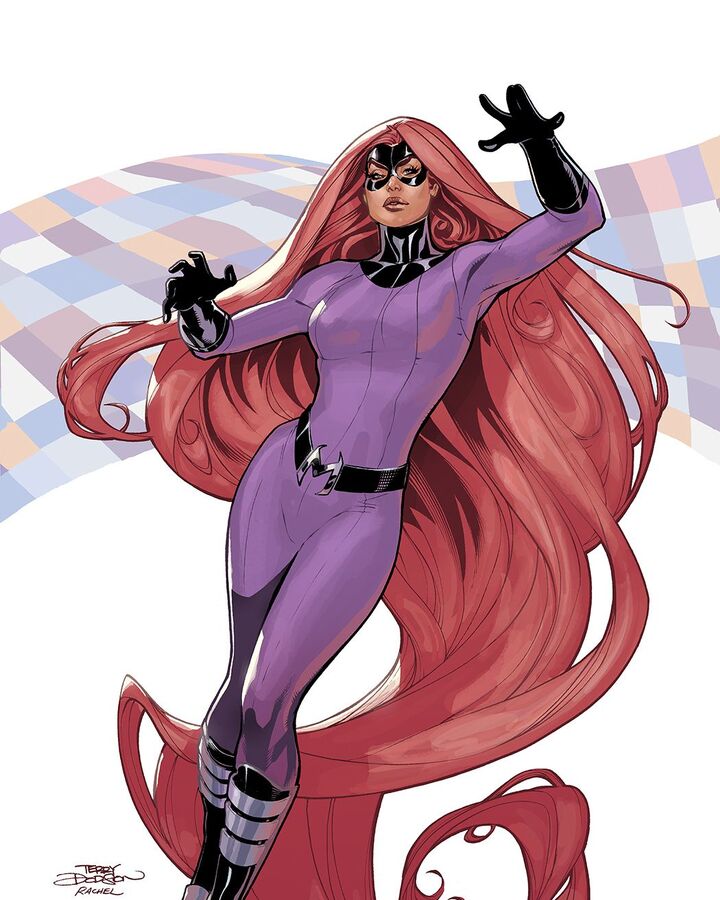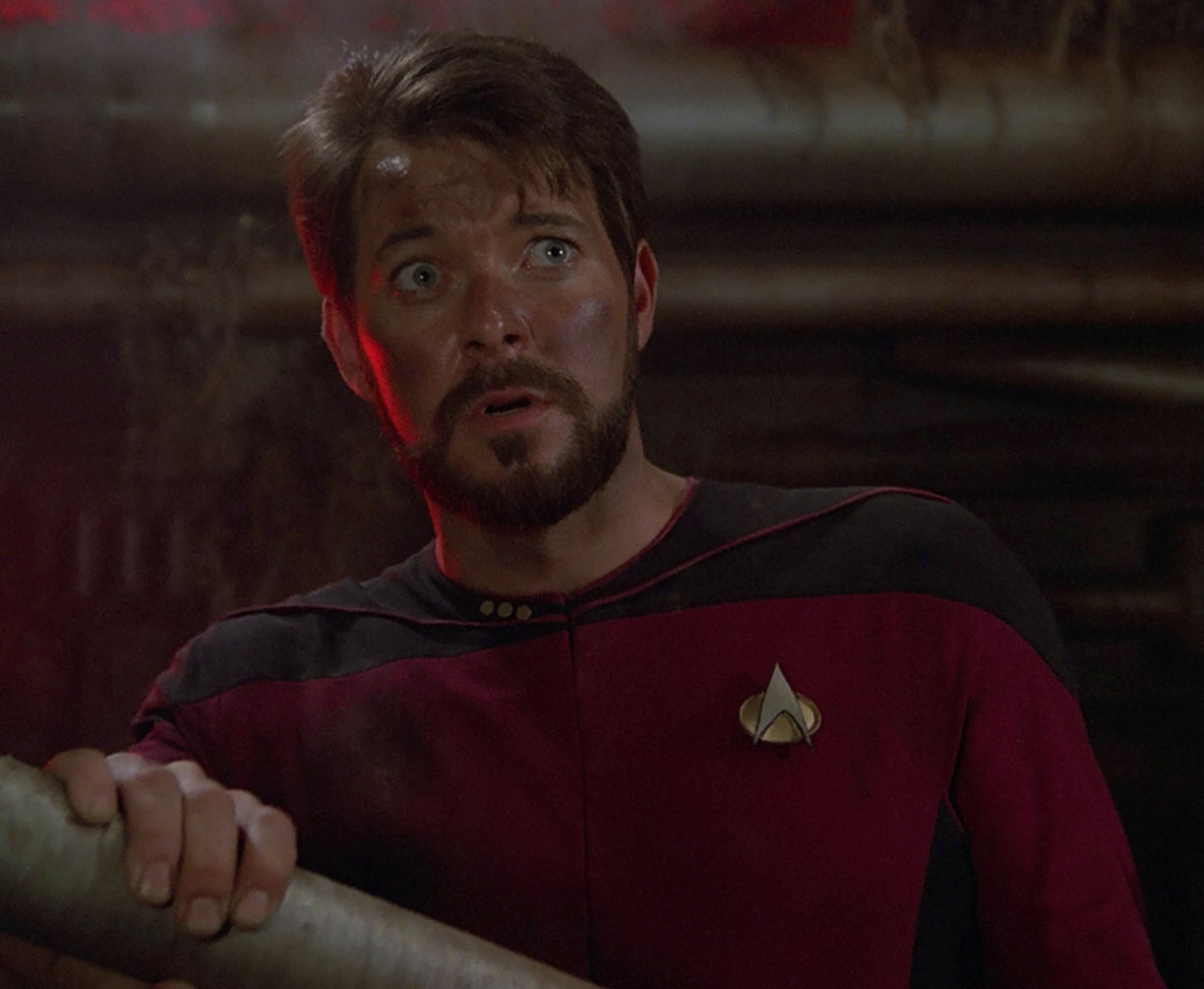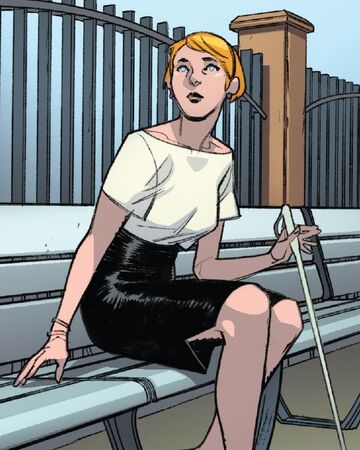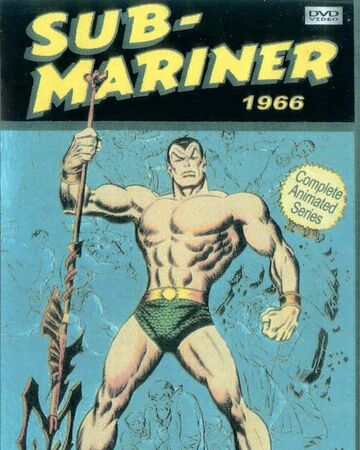Episode: "The Child"
Series:
Star Trek: The Next Generation
Season 2, Episode 1
Original Air Date: November 21, 1988
We have a lot of ground to cover so settle in and get comfortable.
Deanna becomes unexpectedly pregnant when an alien entity invades her body. I will keep my story analysis brief except to say that it's memorable for Deanna's emotional journey from the conception to the ultimate loss of the child. Others have criticized the writers for avoiding the rape issue and for the lack of follow up for Troi in succeeding episodes. But they certainly did not shy away from the matter of choice, making Captain Picard's position, at least, crystal clear.
Okay, first the good...
Riker's Beard
Between seasons, Jonathan Frakes stopped shaving. He intended to remedy the situation before filming but Gene Roddenberry liked the beard and, with an assist from a convention audience, convinced him to keep it. A television expression was born.
Riker's Beard is the opposite of Jumping the Shark. The series
Happy Days started heading permanently southward after an ill-conceived episode in which Fonzie jumps over a shark in a waterskiing daredevil stunt.
via GIPHY
Jumping the Shark has since been used to mark all such moments in the decline of a once dependable television show. Similarly, the debut of Riker's beard has long been seen by the faithful as the moment when TNG stopped being terrible and started being awesome. Riker's Beard is now employed for the moment when any struggling series finally finds its footing.
In my opinion, this season opener is not noticeably better than the best of Season 1, apart from a few promising hints. Despite uneven quality of material, the first season's ratings were strong enough to merit a budget increase so production value went up. We get a few character improvements, too. Geordi is now chief engineer, giving him stronger character definition and bringing Scotty's old job into the principal cast. Similarly, Worf now has a better defined role as chief of security. Wes's character gets toned down from wunderkind to that of insecure teenager which makes him a tad more likeable. He also gets a snazzy new acting ensign uniform. Gone are the horrible sweaters, thank goodness. Plus, we get Guinan - more on her in a bit.
But the point of Riker's Beard is not that it is the quality apex. Rather, it is the moment marking the beginning of an upward trend. Here we go. For real this time, folks.
Now the bad...
McFadden Fired
During the first season, the cast, up to and including Patrick Stewart, were not shy about expressing their objections to the more offensive material, particularly the racism in
"Code of Honor" and the sexism of several episodes, most egregiously
"Angel One." Gates McFadden (Dr. Crusher) was particularly vocal and, unfortunately, pushed hard enough to get on the bad side of Maurice Hurley, head writer and showrunner. Though officially the studio said McFadden asked to leave as Denise Crosby had, in truth, she was fired.
It was not exactly a clean cut, which suggests that others within the operation were not so bothered. The character was actually promoted within the story rather than killed off. Also, her replacement, Diana Muldaur (first appeared on TOS,
here) was never listed among the principal cast. Finally, as soon as Hurley left the show himself after the second season, McFadden was invited back.
In the meantime, we must address the Uhura legacy. While Muldaur's character, Dr. Pulaski is quite different from Crusher (more on that next week), she is the most obvious placeholder until Crusher returns. So...
Uhrua = Dr. Crusher = Pulaski
Back to the good...
Ten Forward
The world-building aboard the Enterprise gets a big boost with the introduction of Ten Forward, the ship's lounge. There, one can relax with friends, enjoy a quiet moment or seek the counsel of the enigmatic bartender Guinan, who offers wisdom along with Mareuvian tea and Delovian soufflé.
Acting Notes
Whoopi Goldberg (Guinan) was born Caryn Elaine Johnson, November 13, 1955 in New York City. She is, of course, an elite Hollywood superstar, one of only 15 entertainers to have achieved an EGOT (Emmy, Grammy, Oscar and Tony), all in competitive categories. There are those who argue her Emmy doesn't count because it's a Daytime rather than a Primetime award. I say an Emmy's an Emmy and for good measure, she's won two of them.
Goldberg was a huge
Star Trek fan as a child, inspired by the character of Lt. Uhura in
The Original Series. As the story goes, she first watched the show at age nine, then went running through the house saying, "Come here, mom, everybody, come quick, come quick, there's a black lady on television and she ain't no maid!" She first expressed interest in working on the new series through her friend LeVar Burton but when he passed it on, the producers initially thought it was a prank.
The Guinan character was a perfect fit for the circumstances. The writers were already planning to introduce Ten Forward but did not plan to include it in every episode. Goldberg, while eager to be involved, couldn't commit to a primary cast role. The character name derived from Texas Guinan, a famous speakeasy owner during the Prohibition era.
















































